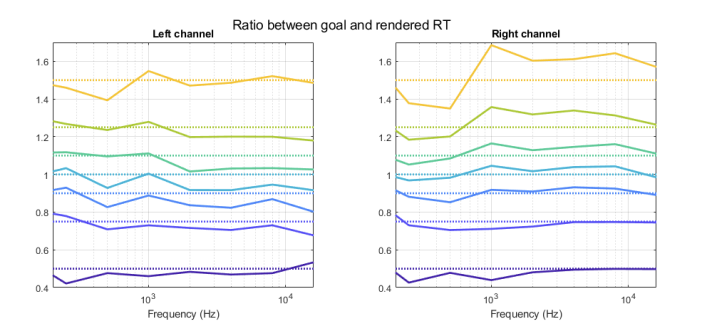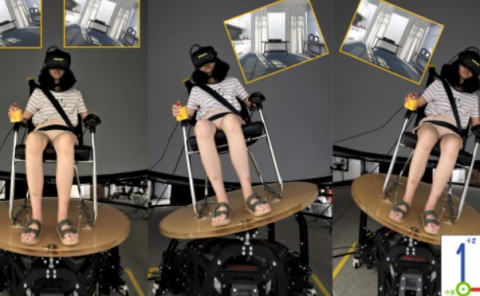Towards determining thresholds for room divergence: A pilot study on perceived externalization
PubDate: Nov 2021
Teams: Facebook Reality Labs Research;GN Group;TU Ilmenau;TH Koln - University of Applied Sciences
Writers: Sebastia V. Amengual Gari, Henrik G. Hassager, Florian Klein, Johannes M. Arend, Philip W. Robinson
PDF: Towards determining thresholds for room divergence: A pilot study on perceived externalization

Abstract
In binaural rendering, the room divergence effect refers to the decrease on perceived externalization due to the mismatch between the room acoustics of the virtual sounds and those of the listening space. In this work we report on the results of a 2-AFC pilot experiment where 5 expert subjects evaluated the impact of the room divergence effect by comparing real sources and head-tracked virtual sounds generated using the Binaural Spatial Decomposition Method (BSDM) presented over headphones. By applying an exponential weighting function on the measured room impulse responses (RIR) we render binaural RIRs with arbitrary reverberation time (RT), ranging from 50% to 150% of the original RT, while maintaining the temporal and spatial patterns of the original RIR. Preliminary results for a test conducted in a small room (RT ~ 0.55 s at 1 kHz) suggest that the perceived externalization degree depends on the played stimulus, and progressively degrades with an increasing mismatch. Castanets sounds present externalization ratings comparable to those of a real loudspeaker for RTs ranging from ∼90% to ∼125%, while for male speech the externalization ratings degrade significantly for sounds with RTs greater than ∼110%. Furthermore, we discuss the potential effects of listener adaptation to virtual sounds and its impact on the externalization ratings.



